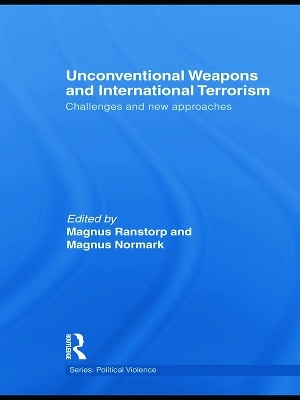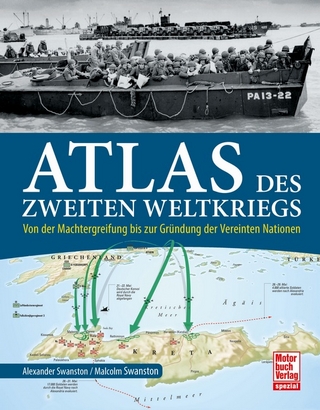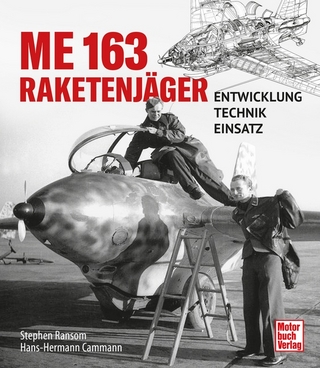
Unconventional Weapons and International Terrorism
Routledge (Verlag)
978-0-415-62233-2 (ISBN)
In recent years, senior policy officials have highlighted increased signs of convergence between terrorism and unconventional (CBRN) weapons. Terrorism now involves technologies available to anyone, anywhere, anytime, deployed through innovative solutions. This indicates a new and more complex global security environment with increasing risks of terrorists trying to acquire and deploy a CBRN (Chemical Biological Radiological Nuclear) attack.
This book addresses the critical importance of understanding innovation and decision-making between terrorist groups and unconventional weapons, and the difficulty in pinpointing what factors may drive violence escalation. It also underscores the necessity to understand the complex interaction between terrorist group dynamics and decision-making behaviour in relation to old and new technologies.
Unconventional Weapons and International Terrorism seeks to identify a set of early warnings and critical indicators for possible future terrorist efforts to acquire and utilize unconventional CBRN weapons as a means to pursue their goals. It also discusses the challenge for intelligence analysis in handling threat convergence in the context of globalisation. The book will be of great interest to students of terrorism studies, counter-terrorism, nuclear proliferation, security studies and IR in general.
Magnus Ranstorp is Research Director at the Center for Asymmetric Threat Studies the Swedish National Defence College. Magnus Normark is a Research Analyst at the Division of CBRN Defence and Security at the Swedish Defence Research Agency.
Introduction Part 1: The Status of CBRN Terrorism Research 1. Defining Knowledge Gaps Within CBRN Terrorism Research Part 2: AQ Motivations/Incentives for CBRN-Terrorism? 2. WMD and the Four Dimensions of Al-Qa’ida 3. Al-Qaeda’s thinking on CBRN: A Case Study Part 3: CBRN, Capacity Building and Proliferation 4. Indicators of Chemical Terrorism 5. Capacity-Building and Proliferation Biological Terrorism 6. Terrorism and Potential Biological Warfare Agents 7. Influence Diagram Analysis of Nuclear and Radiological Terrorism Part 4: CRBN and Terrorism: Dilemmas of Prediction 8. Approaching Threat Convergence from an Intelligence Perspective 9. Terrifying Landscapes: Understanding Motivations of Non-State Actors to Acquire and/or Use Weapons of Mass Destruction 10. Conclusions
| Reihe/Serie | Political Violence |
|---|---|
| Zusatzinfo | 5 Tables, black and white; 20 Line drawings, black and white |
| Verlagsort | London |
| Sprache | englisch |
| Maße | 156 x 234 mm |
| Gewicht | 410 g |
| Themenwelt | Natur / Technik ► Fahrzeuge / Flugzeuge / Schiffe ► Militärfahrzeuge / -flugzeuge / -schiffe |
| Geschichte ► Teilgebiete der Geschichte ► Militärgeschichte | |
| Sozialwissenschaften ► Politik / Verwaltung ► Europäische / Internationale Politik | |
| ISBN-10 | 0-415-62233-6 / 0415622336 |
| ISBN-13 | 978-0-415-62233-2 / 9780415622332 |
| Zustand | Neuware |
| Haben Sie eine Frage zum Produkt? |
aus dem Bereich


